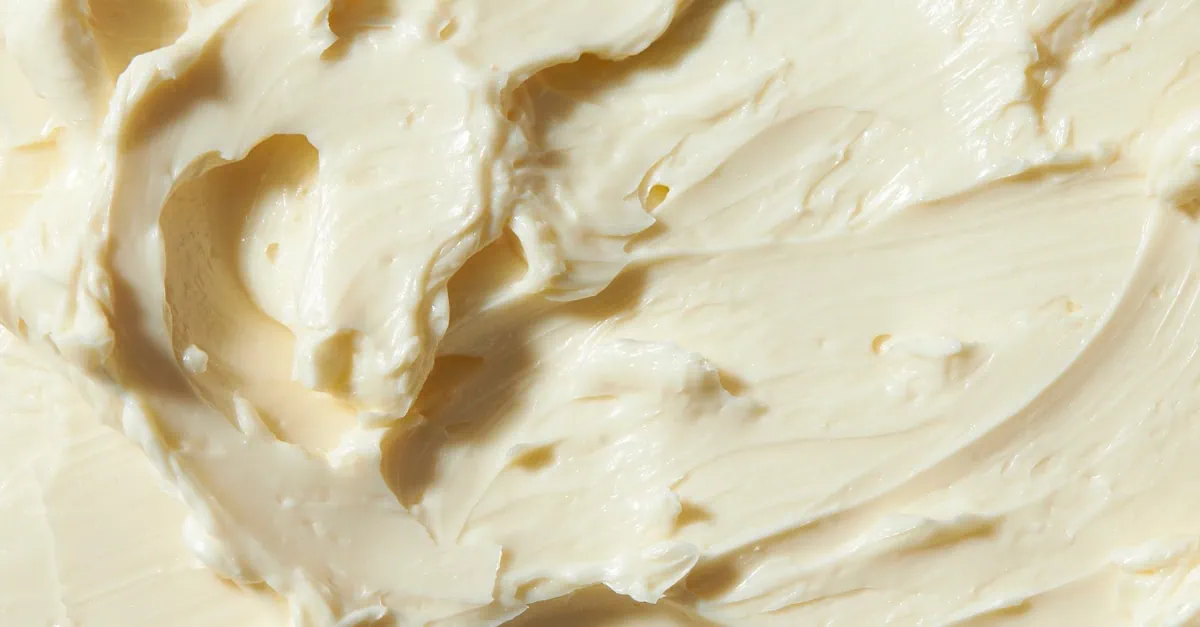Global butter markets are experiencing a dramatic price collapse as oversupply conditions intensify across all major producing regions, creating significant opportunities for food manufacturers and processors.
US butter prices have fallen to $1.68 per pound on Tuesday’s CME Call, marking a steep decline from the 10-year average of $2.30 per pound. The European butter market shows similar weakness, with the Vesper Price Index indicating prices at €5,400 per metric ton, while production costs remain as low as €5,000 per metric ton due to affordable cream prices around €5,900 per metric ton.
Production increases drive market weakness
The fundamental driver behind this price collapse is exceptionally high milk production across all major dairy regions. US butter production has grown 5.44% year-over-year so far in 2025, building on solid growth in 2023 and 2024. Meanwhile, New Zealand’s milk season has started with a 2.46% year-over-year surplus, and European production has also increased significantly compared to the previous year.
“The global market for butterfat has now returned to a state that is much more in line with the fundamentals: plenty of supply, and thus lowering prices,” according to the latest market analysis from Vesper.
US milk intake rose 3.25% in August year-over-year, contributing to falling cream prices and creating favorable conditions for increased butter production. This abundant milk supply is forcing producers to process more milk into storable commodities like butter, further pressuring spot markets.
Supply availability spans regions and timeframes
The oversupply situation extends beyond fresh production, with market offers including both newly produced butter and inventory from earlier in the year. This indicates that supply conditions will remain robust in the near term.
European butter production currently remains profitable despite falling prices, with production costs estimated at €5,000 per metric ton while cream prices hover around €5,900 per metric ton in most European countries.
New Zealand butter now trades at a premium compared to European and especially US butter, a dynamic that may begin to pressure Oceanian markets as price differentials widen.
Market outlook remains bearish
Industry analysts expect butter prices across all three major regions to continue their downward trajectory. The fundamental surplus driving current market conditions is expected to persist at least through next year’s flush season in the EU and US, and potentially beyond the end of the current milk season in New Zealand.
“Butter prices in all three regions have not found their floor yet,” according to market projections. The outlook suggests that butter prices will primarily be driven lower by strong milk production and will only stabilize once the surplus in milk and milkfat production moderates.
This news article is part of a full market analysis. For the full analysis go to: https://app.vespertool.com/market-analysis?commodity=dairy
